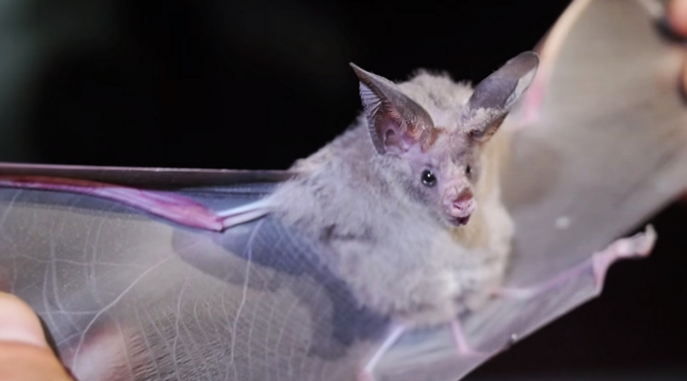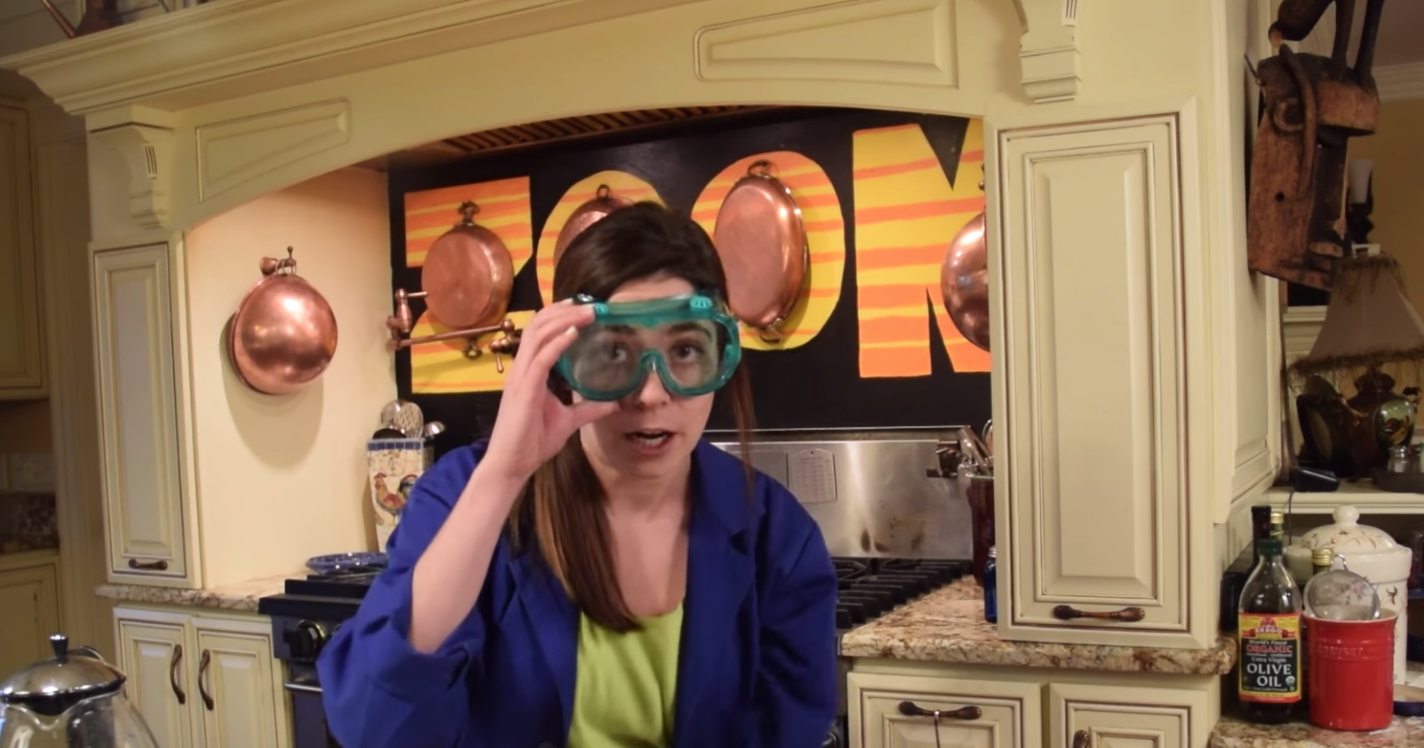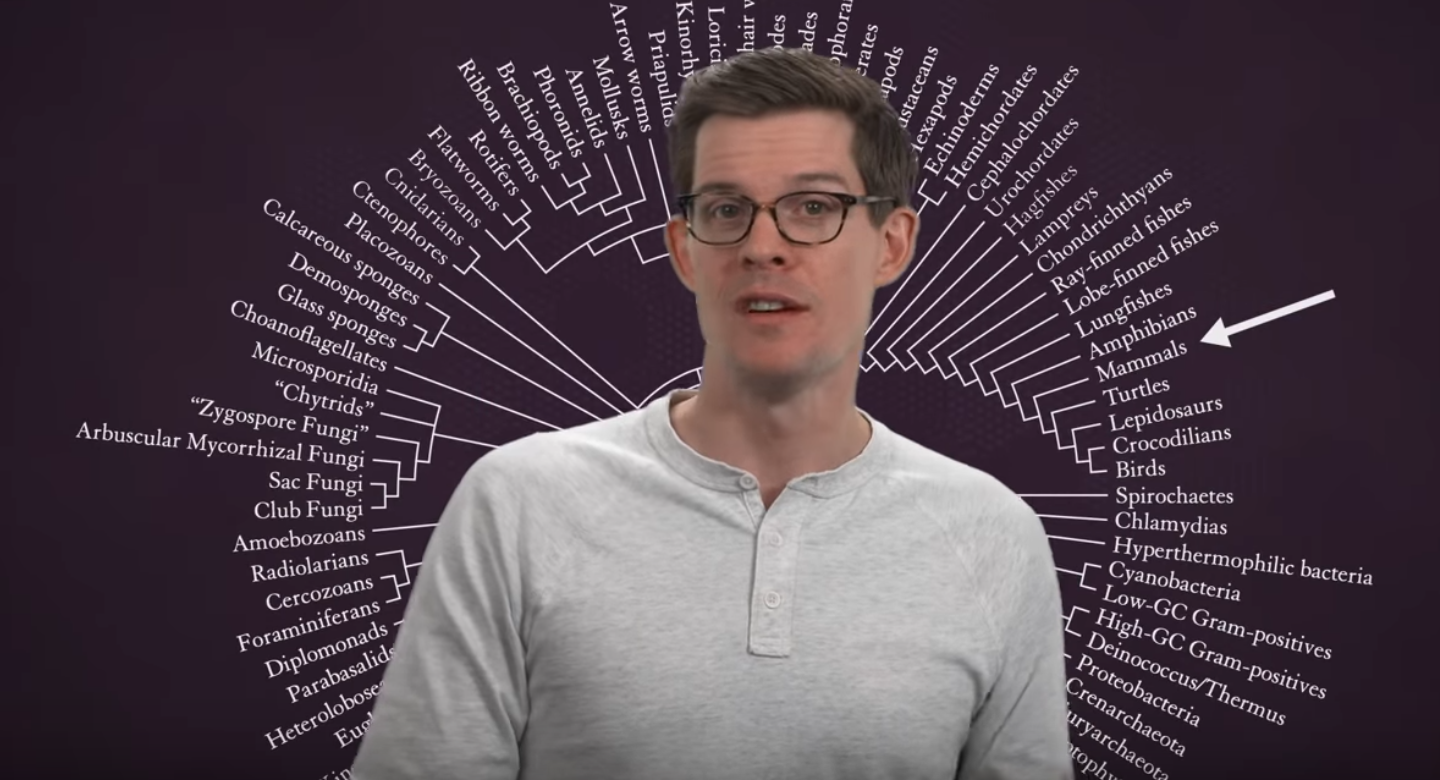The island of Cuba is a key piece of the puzzle for two researchers who are studying bats and trying to understand biodiversity in the Caribbean. Find out why on an expedition with mammalogists J. Angelo Soto-Centeno and Gilberto Silva Taboada, joined by Ana Luz Porzecanski, director of the Museum’s Center for Biodiversity and Conservation.
Shelf Life videos are shared by agreement with the American Museum of Natural History. GotScience Magazine kindly reminds you to not touch wild bats. Learn more about bat-human virus transmission.
More Shelf Life videos from AMNH
Can’t get to New York to visit the American Museum of Natural History? No problem! We invite you to take a virtual trip behind the scenes. In this the first episode of Shelf Life from AMNH, you can walk in the shoes of a research scientist and explore the enormous collection of specimens, many of which aren’t on public display.
Shelf Life from AMNH is a video series for curious minds—opening doors, pulling out drawers, and taking the lids off some of the incredible, rarely-seen items in the American Museum of Natural History.
Access the entire Shelf Life video series
The museum’s collections include more than 33,430,000 items, from centuries-old specimens and artifacts (such as fish and birds) to entirely new types of specialized collections (such as frozen tissue samples and genomic data). Combined, these collections form an irreplaceable record of life on Earth, the span of geologic time, and knowledge about our vast universe.
The objects in this collection fall into the categories of invertebrate zoology, vertebrate zoology, paleontology, anthropology, and physical sciences (a category which includes a small assortment of frozen tissues).
Most visitors to the museum flock to the fourth floor to see the dinosaurs. The Tyrannosaurus rex skeleton is just one specimen in the largest collection of dinosaur fossils in the world. The paleontology collection is also notable for its mammal fossils, the largest collection of its type anywhere.
“A research collection is a place of discovery. You can walk around the corner and see something no one’s quite observed that way before,” says Michael Novacek, Provost of Science and Curator, Division of Paleontology.
The Shelf Life series is shared by Science Connected through agreement with the American Museum of Natural History.




